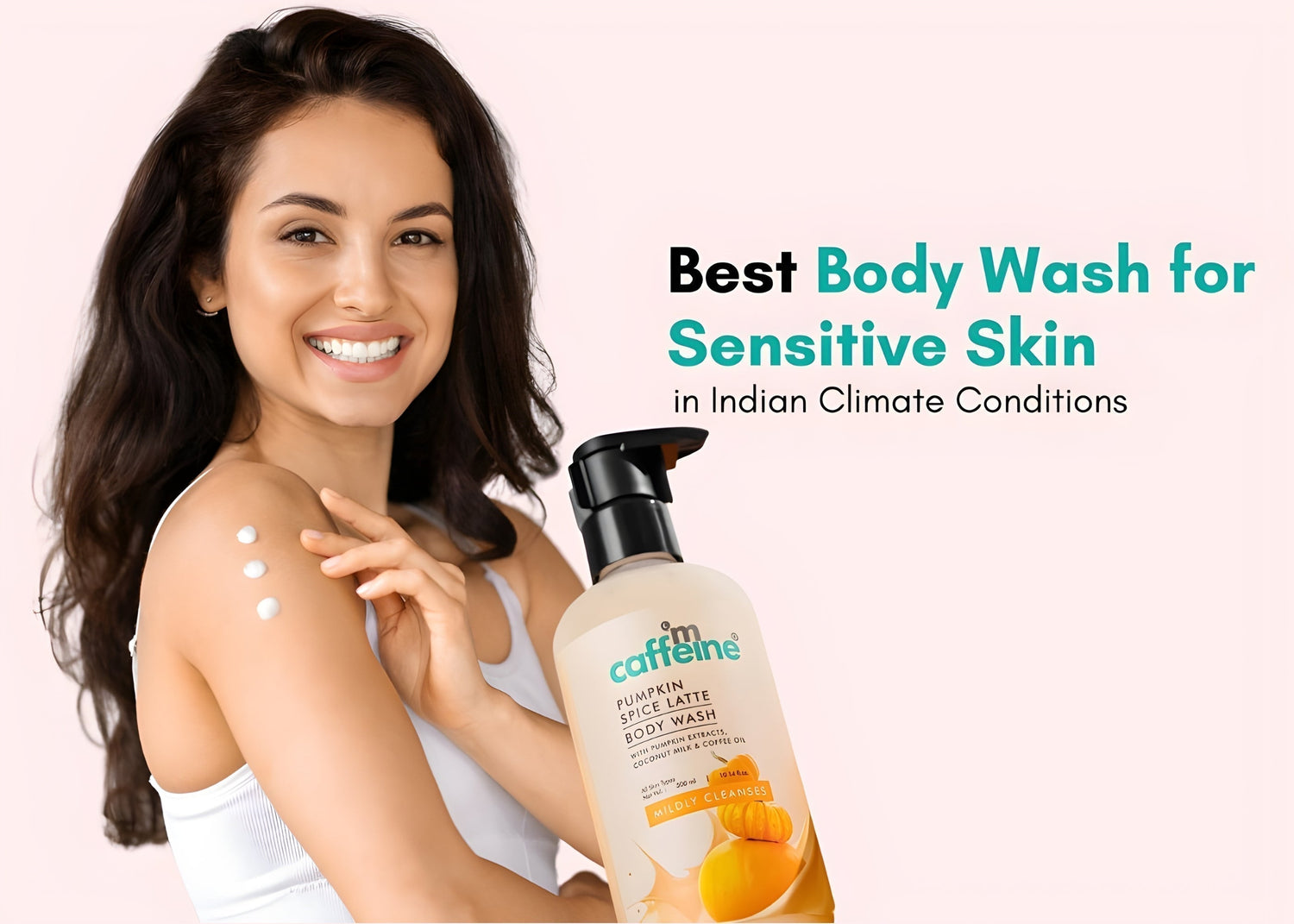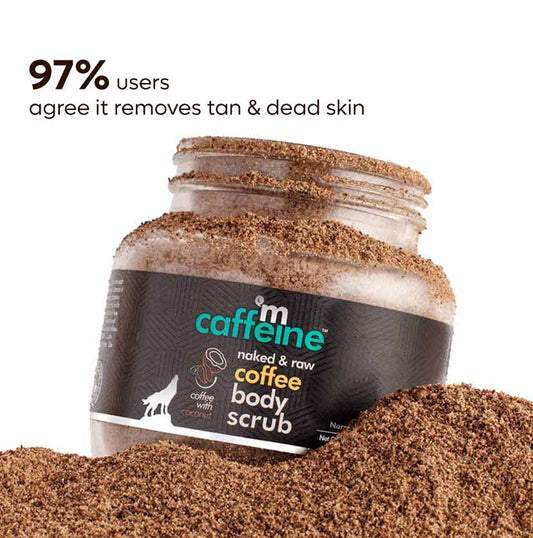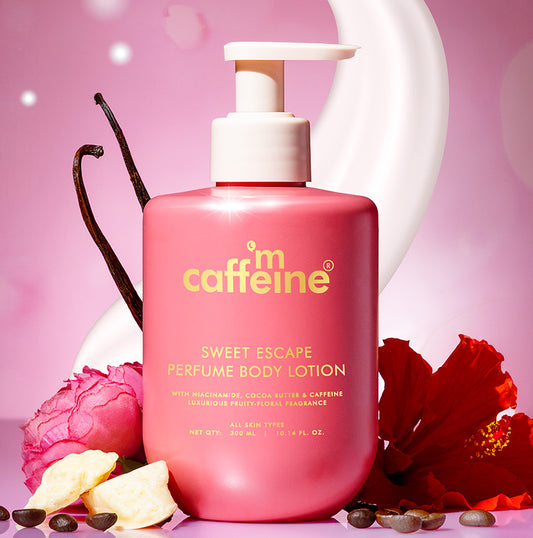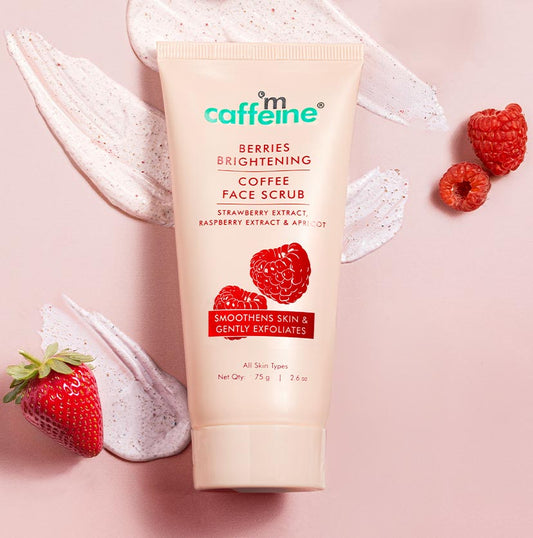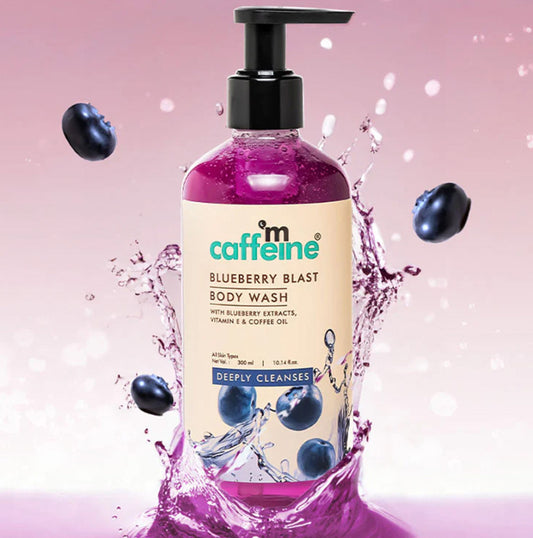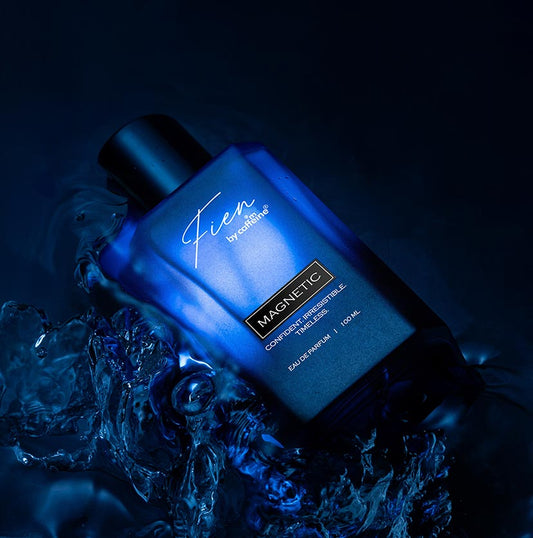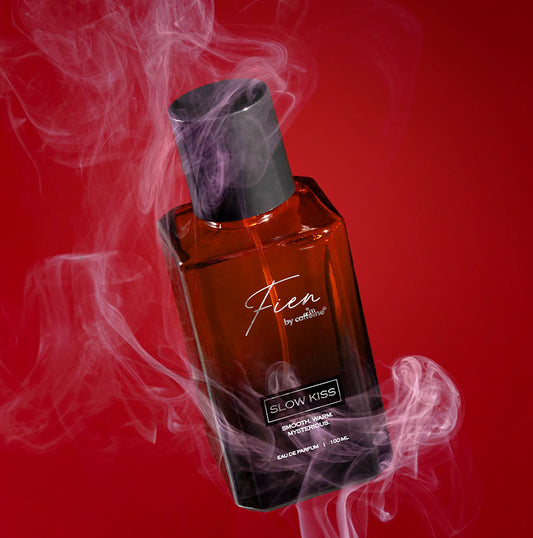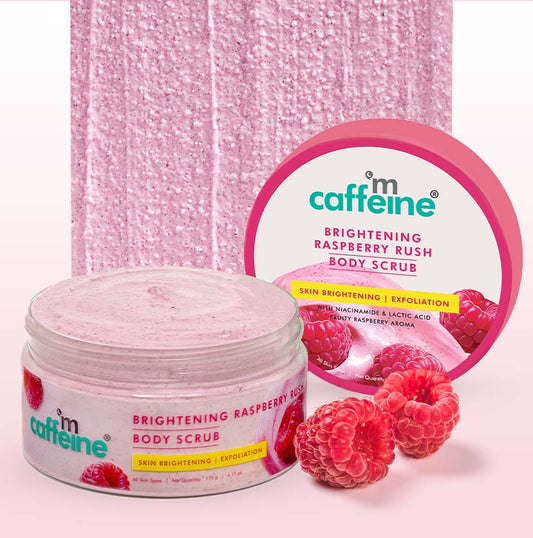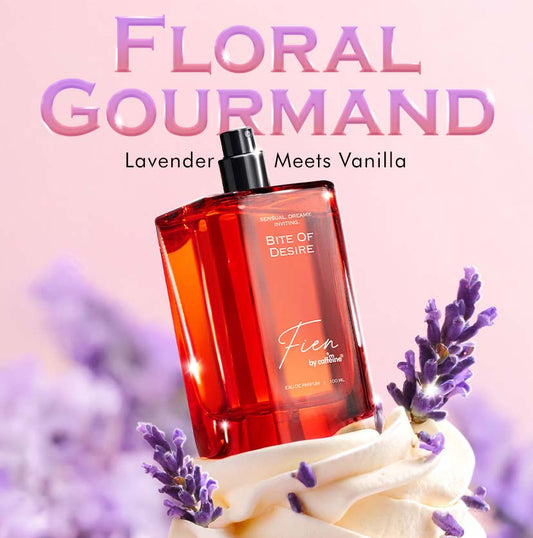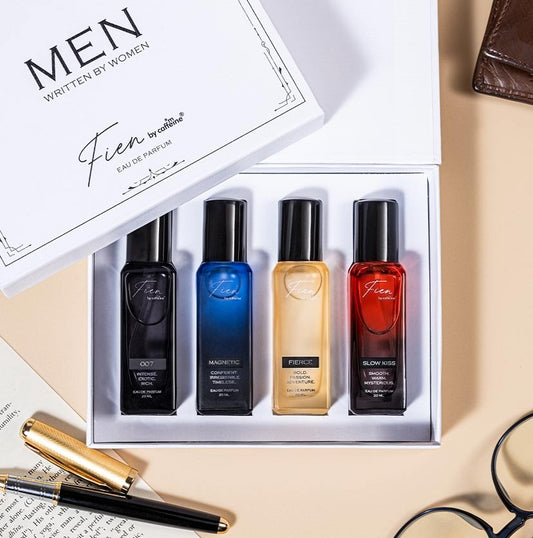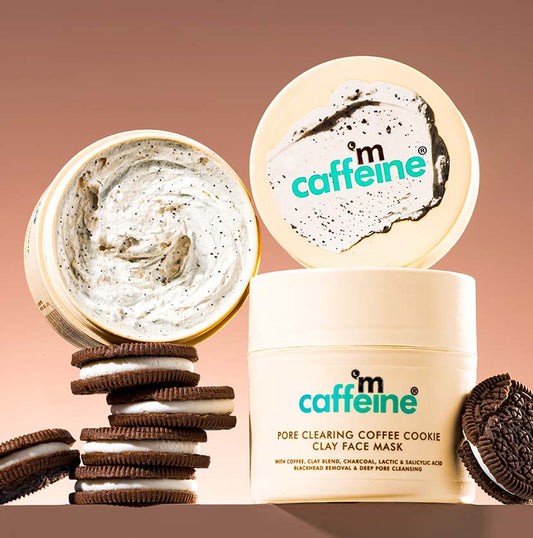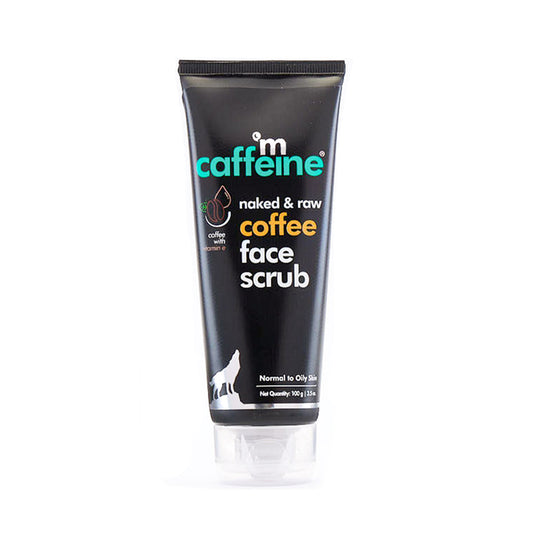Face Acne - Symptoms and Causes
17 Sep 2021
Ever woken up to a breakout on a special day? Well, then you have experienced the annoyance of an untimely acne breakout.
Irritating and painful, pimples are persistent, repeated red patches or swelling on the skin that can become irritated and fill with pus. They mostly appear on the face, chest, shoulders, neck, and upper back.
Ever wondered what these acne are and what are the causes of acne? Acne is basically a skin condition that occurs when your hair follicles get clogged with oil, dirt and dead skin cells known as sebum. Acnes can crop up suddenly and they might persist for long in some cases.
Quick facts you need to know about acne :
- Acne is a skin condition that affects oil glands located at the base of the hair follicles.
- Acne treatment is determined by how severe and chronic the condition is.
- It is not harmful, however, it might leave scars on the skin.
- Anxiety and stress, menstrual cycle, genetics, squeezing, hot and humid climate, and wearing oil-based cosmetics are some of the factors that can aggravate acne over a period of time.
What are the causes of acne on the Face?
Excess oil production, pores clogged by ‘sticky’ skin cells, bacteria, and inflammation are the four elements that directly contribute to acne.
- Hormones, stress, and the menstrual cycle in women, all these factors can influence oil production which then leads to the formation of acne.
- Diets can influence inflammation throughout the body.
- A clog can form when skin cells, sebum, and hair clump together. This plug becomes contaminated with bacteria. When the clog begins to break down, a pimple appears.
Symptoms of Acne:
- Red swelled up patches or lumps that are visibly filled with pus.
- Pimples are persistent, repeated red patches or swelling on the skin that can become irritated and fill with pus. They most commonly appear on the face, chest, shoulders, neck, and upper back.
- Dark spots in the centre with open pores (blackheads).
- Tiny white lumps beneath the skin with no visible opening (whiteheads).
- Inflamed, fluid-filled, and often sensitive nodules or lumps under the skin; these nodules can grow to be an inch wide.
Acne Treatment
Acne treatment depends upon the severity of the condition. The best way to maintain a healthy acne-free skin is with regular skincare for your face. Using suitable skincare can eradicate several skincare issues. But sometimes, acne can worsen over time and due to certain conditions, in such a situation, it is best to consult a dermatologist and seek help. Mostly, tough acne requires a proper medical diagnosis and treatment as at times, it won’t leave your face easily.
As we mentioned, skincare needs to be an important part of your routine as your face too is an essential part of your body. You should give the crowd-favourite Acne Control Kit - Cappuccino Coffee Routine a try. It's known to Kill 99.9% Acne Causing Germs and works great for oil control while also moisturising your skin thoroughly.
On top of the acne control skincare, try these 5 home remedies to treat mild acne:
- Diet: Diet can certainly worsen your acne if it's not proper, studies have found that people who consume food rich in Vitamins A, E and Zinc are at a lesser risk of acne. Consuming too much fried and oily food, on the other hand, worsens the condition and aggravates the build-up of acne. A diet with a low glycemic load helps treat mild acne.
- Apply green tea to the skin: People are often drinking green tea for its health benefits but green tea can be beneficial for treating acne too. Green tea contains flavonoids and tannins, which have properties to fight inflammation and bacterias that cause acne, thus treating it. Studies show that applying green tea to the skin reduces the production of sebum.
- Spot treatment with tea tree oil: One of the most essential oils, the tea tree oil, comes from the leaves of the tree Melaleuca alternifolia, which is native to Australia. Study says the oil is well known for its ability to fight inflammation and bacterias. Tea tree oil is quite strong, and when applied directly to the skin, it can produce redness and irritation. As a result, it should be mixed with carrier oil.
- Using Aloe Vera: Aloe Vera is known for its amazing skin benefits. It is a tropical plant that produces a clear gel that is widely used for moisturising the skin. Aloe vera is also effective in reducing acne as it contains lupeol, salicylic acid, urea nitrogen, cinnamonic acid, phenols, and sulfur, which all help to kill the bacteria that causes pimples.
- Use Coffee: Coffee as we know is a wonder drink and it is also great for your skin. Applying coffee to the skin can help reduce acne. Mix instant coffee powder with a tablespoon of rice flour and make a paste with lukewarm water. Apply this on the affected area and leave for 15 minutes. Wash it off with water.
The above-mentioned remedies are some simple things that you can do to treat mild acne. Though these remedies might not be fruitful every time, they have been known to be effective in most cases.
The bottom line, acne is a common skin condition and it can be frustrating to treat it but keeping some patience and applying essential oils and aloe vera can help treat acne in the longer run. Also, cleaning your skin at regular intervals and making sure that it is not too oily and dirty can reduce the production of acne in the first place, thus reducing the hassle. But in case you experience severe acne, do consult a dermatologist soon!

